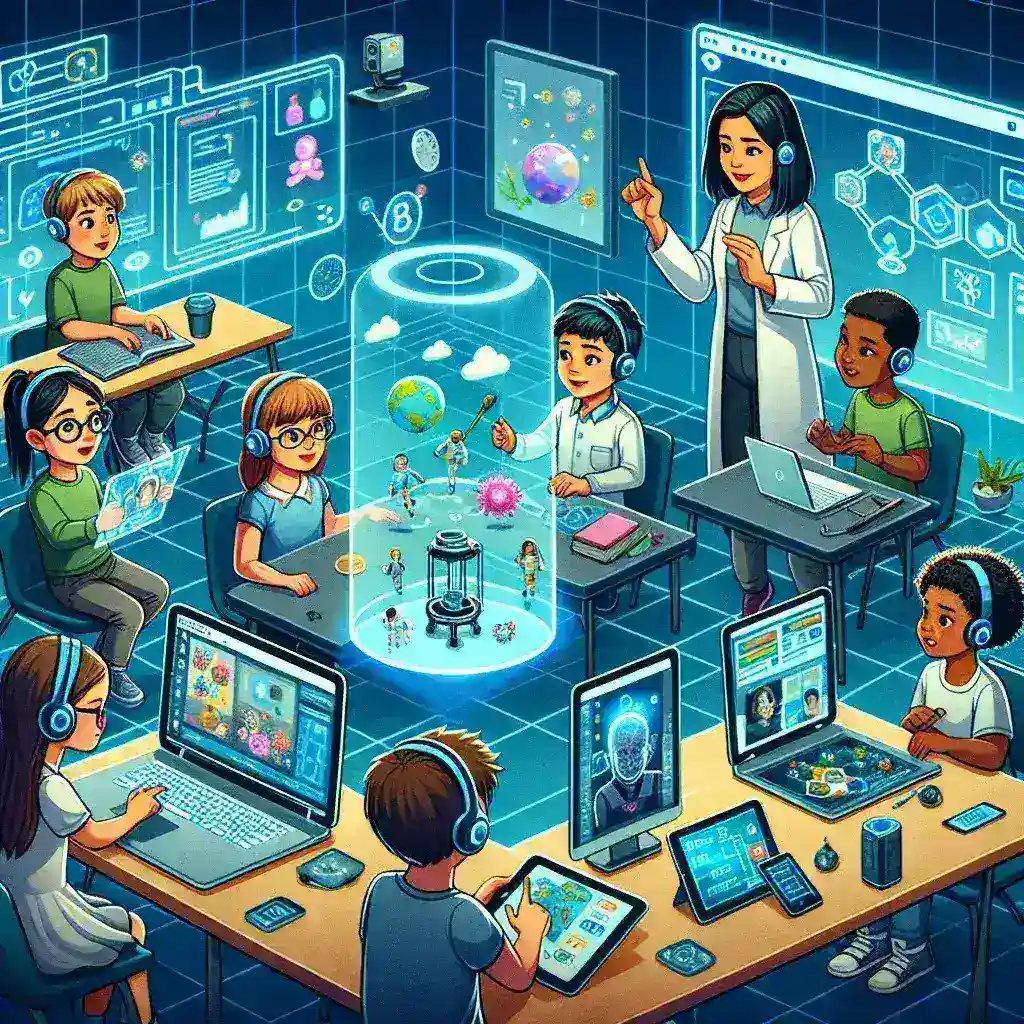
Introduction
In recent years, technology has revolutionized various sectors, and one of the most significant transformations can be observed in the field of education. Remote learning, enabled by technological advancements, has emerged as a powerful alternative to traditional classroom education. As the world continues to adapt to the changes brought on by the digital age, it is crucial to understand how technology is enhancing remote learning.
The Rise of E-Learning Platforms
E-learning platforms have become the cornerstone of remote education. With a plethora of options available, these platforms provide students with access to a wide range of courses and resources. Some of the popular e-learning platforms include:
- Coursera: Offers courses from top universities and institutions around the world.
- Udemy: Provides a vast selection of courses on various topics, often taught by industry professionals.
- Khan Academy: Offers free, high-quality educational resources for students of all ages.
These platforms not only provide flexibility in terms of time and location but also facilitate personalized learning experiences, allowing students to learn at their own pace.
Interactive Learning Tools
One of the major challenges of remote learning is maintaining student engagement. Technology has addressed this issue by introducing interactive learning tools. These tools make learning more engaging and effective through the use of multimedia elements such as videos, simulations, and quizzes. Some notable tools include:
- Quizlet: Allows students to create and use flashcards, making memorization more enjoyable.
- Kahoot!: Provides game-based learning, which is particularly effective for younger students.
- Nearpod: Offers interactive presentations and assessments, facilitating real-time teacher-student interaction.
Virtual Classrooms and Video Conferencing
Virtual classrooms and video conferencing tools have bridged the gap between teachers and students, replicating the traditional classroom environment online. Platforms such as:
- Zoom
- Google Meet
- Microsoft Teams
These platforms enable live classes, group discussions, and one-on-one meetings, ensuring that students receive the support and guidance they need.
Artificial Intelligence in Education
Artificial Intelligence (AI) is playing a significant role in transforming remote learning. AI-powered tools can provide personalized learning experiences by analyzing individual student performance and offering tailored recommendations. Some AI applications in education include:
- Intelligent Tutoring Systems: These systems can mimic one-on-one tutoring by providing customized feedback and guidance.
- Adaptive Learning Platforms: These platforms adjust the difficulty level of tasks based on the learner’s progress.
- Essay Grading Software: AI can assist teachers by automating the grading process, allowing them to focus more on student interaction.
Blockchain Technology for Credentialing
Blockchain technology is being utilized to enhance the credibility and security of educational credentials. Using blockchain, institutions can issue digital diplomas and certificates that are tamper-proof and easily verifiable. This technology ensures the authenticity of qualifications and simplifies the process of credential verification for employers.
Accessibility and Inclusivity
Technology has made education more accessible to students with diverse needs. Assistive technologies, such as screen readers, speech-to-text software, and closed captioning, ensure that students with disabilities can participate fully in remote learning environments. Additionally, many e-learning platforms offer multilingual support, making education more inclusive for non-native speakers.
Data Analytics for Improved Outcomes
Data analytics is another crucial element in enhancing remote learning. Educational institutions can collect and analyze data on student performance, engagement, and behavior to identify areas that need improvement. This data-driven approach enables educators to make informed decisions and implement strategies that enhance learning outcomes.
The Future of Remote Learning
As technology continues to evolve, the future of remote learning looks promising. Emerging technologies such as Virtual Reality (VR) and Augmented Reality (AR) have the potential to create immersive learning experiences, making education more engaging and effective. Moreover, the integration of 5G technology will further enhance the quality and speed of online education.
Conclusion
In conclusion, technology has significantly enhanced remote learning by making education more accessible, interactive, and effective. From e-learning platforms and interactive tools to AI and blockchain, technological advancements are shaping the future of education. As we continue to embrace these innovations, the potential for remote learning to transform the educational landscape is immense.
Leave a Reply